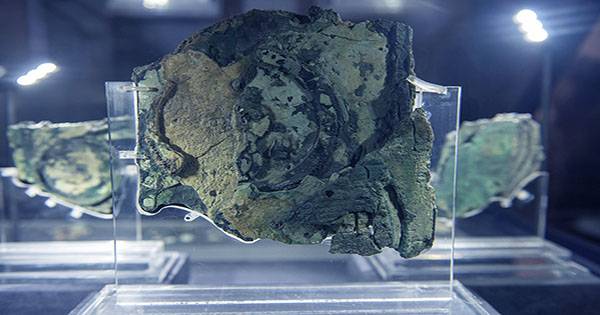120 years after its discovery, the mechanism of antiquity has amazed and amazed researchers and the public. This ancient Greek hand-operated mechanical device considered the world’s first analog computer and used to predict the position of the sun, moon and planets, as well as planets. In a new study published in Scientific Report, a multidimensional team from University College London (UCL) has developed a new model for how a device works and claims to be the most accurate digital replica for it.
Antikythera mechanism discovered in 1901 Greek sponge divers on a Roman shipwrecked. Its reconstruction is not only a matter of archeology, but also of engineering, astronomy and mathematics. Lead author Professor Tony Freeth said in a statement, “Our first model that corresponds to all physical evidence and matches itself to the descriptions in mechanically engraved scientific inscriptions.”
“The sun, moon and planets will appear on an impressive Tour de Force of ancient Greek brilliance.” The device was made of bronze and allowed the user to predict astronomical events using a complex combination of lunar phases, planetary positions and gears. Rings were running to identify planets that could contain beads on a cosmic display.
In 2005, researchers used X-rays to get more details about these fragments and discovered thousands of text characters that showed what the actual device looked like. However, how the complex gearing on the front of the device has so far excluded researchers. New observations show two important numbers: 462 years and 442 years. Who represent the apparent cycles of Venus and Saturn from Earth. This was not what the researchers expected.
“Classical astronomy originated in Babylon in the first millennium BC, but nothing in this astronomy has proven how the ancient Greeks found the most accurate 462-year cycle for Venus and 442-year cycle for Saturn,” said UCL Antikythera research team member R. The answer comes from the mathematical method of the philosophical paranoid at least what Plato said about him in one of his dialogues. Thanks to this method, the ancient designers were aware of the cycle and the UCL team was able to find the connection between the largest gear (piece A above) and a strange gear with 63 teeth (piece D above).
“After considerable fighting, we have been able to match the evidence in fragments A and D to a system for Venus that accurately models its 462-year planetary relationship, with 63 tooth gears playing a key role,” explained team member David Higgins. When compelling the work, something more is needed before solving the mystery of the mechanism of the antichrist.
The team is actually planning to create a new version. Co-author Dr. “This is a key theoretical breakthrough in how mechanics was created,” says Adam Wojcik. “Now we have to prove it by making it with ancient techniques. A special challenge is to arrange nested tubes that carry astronomical results.”
















